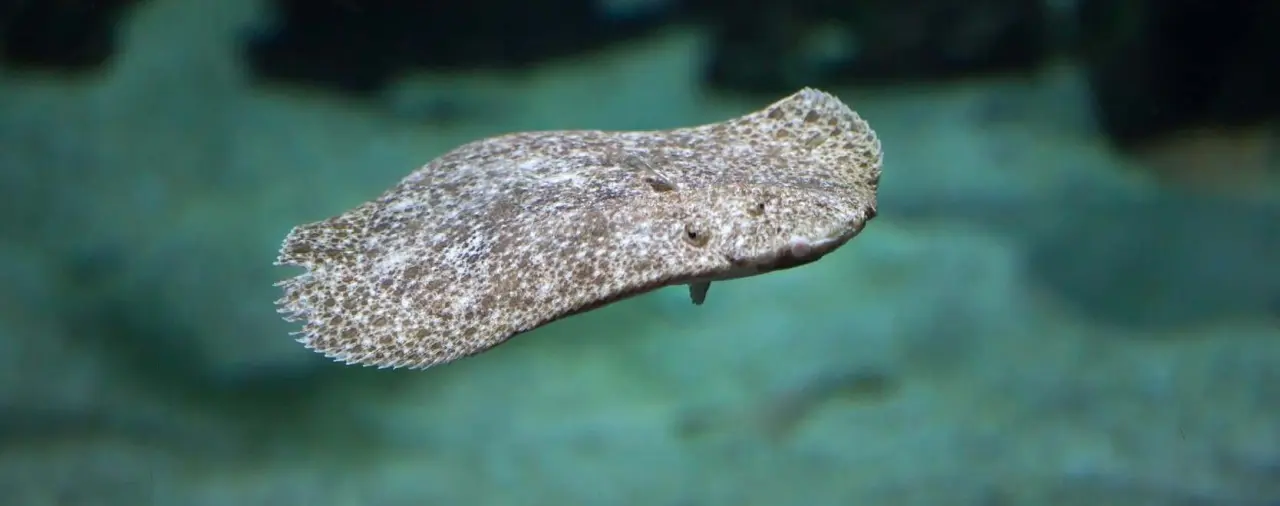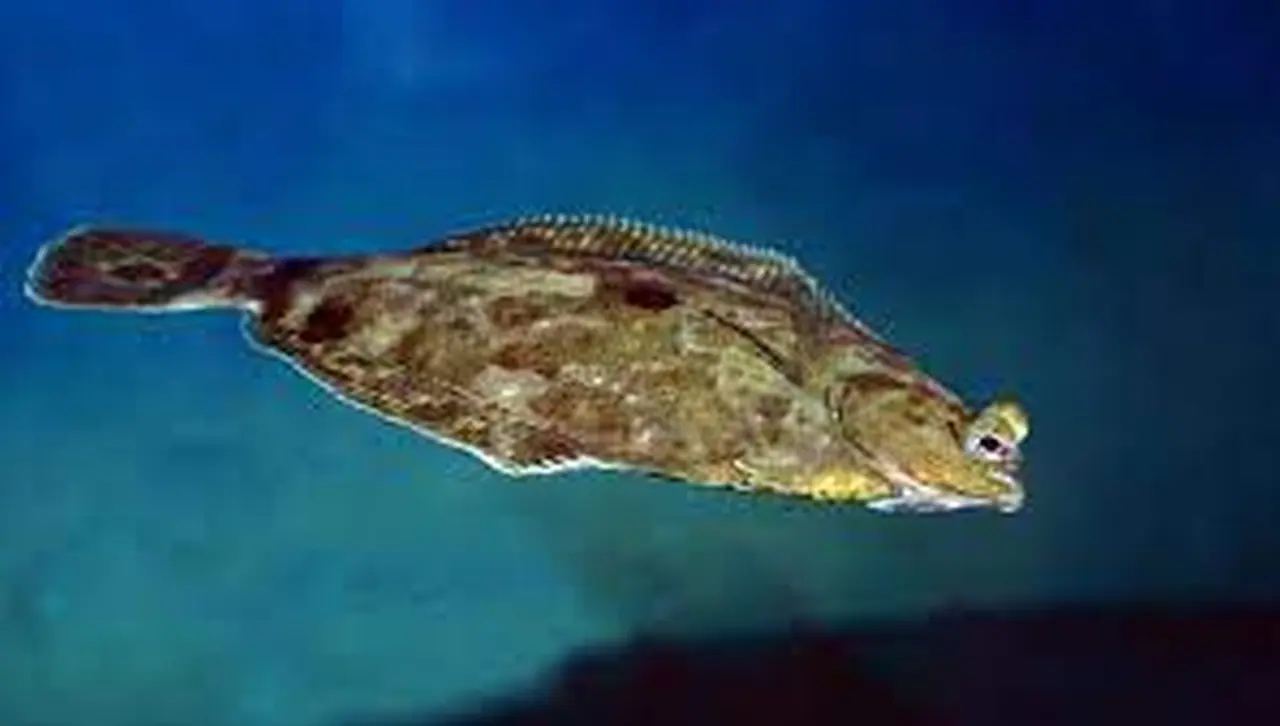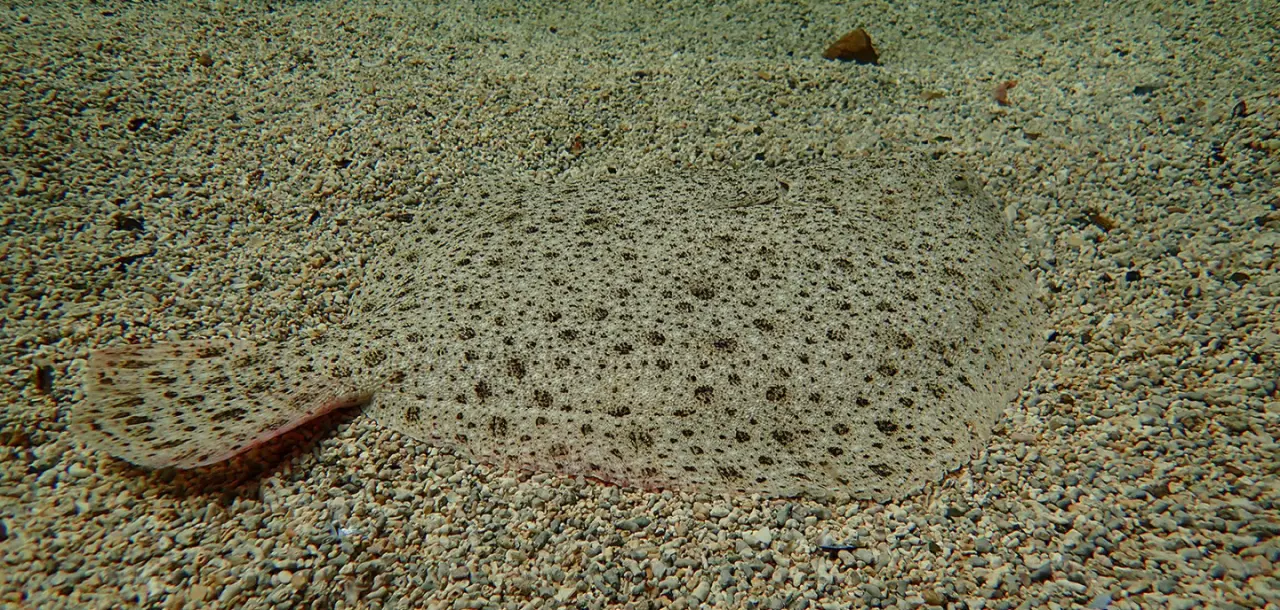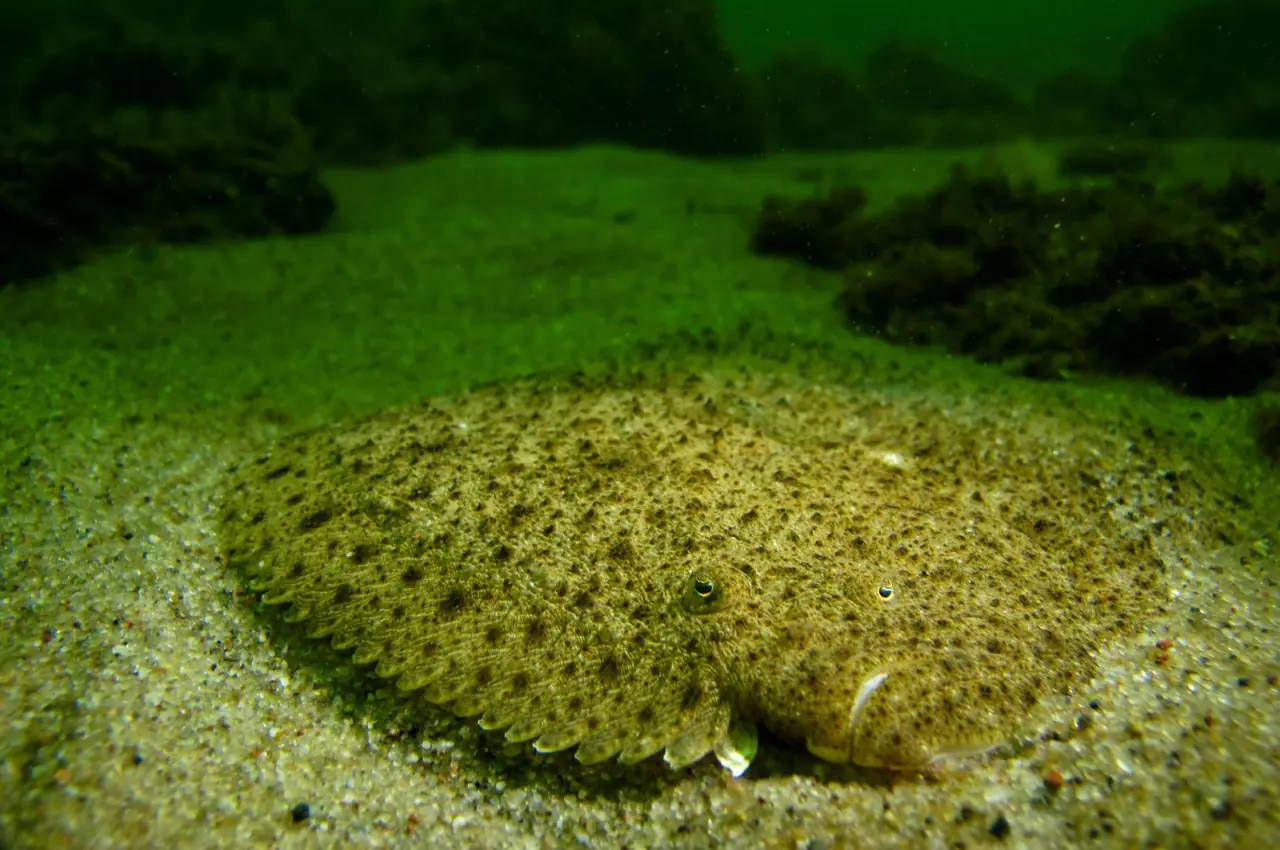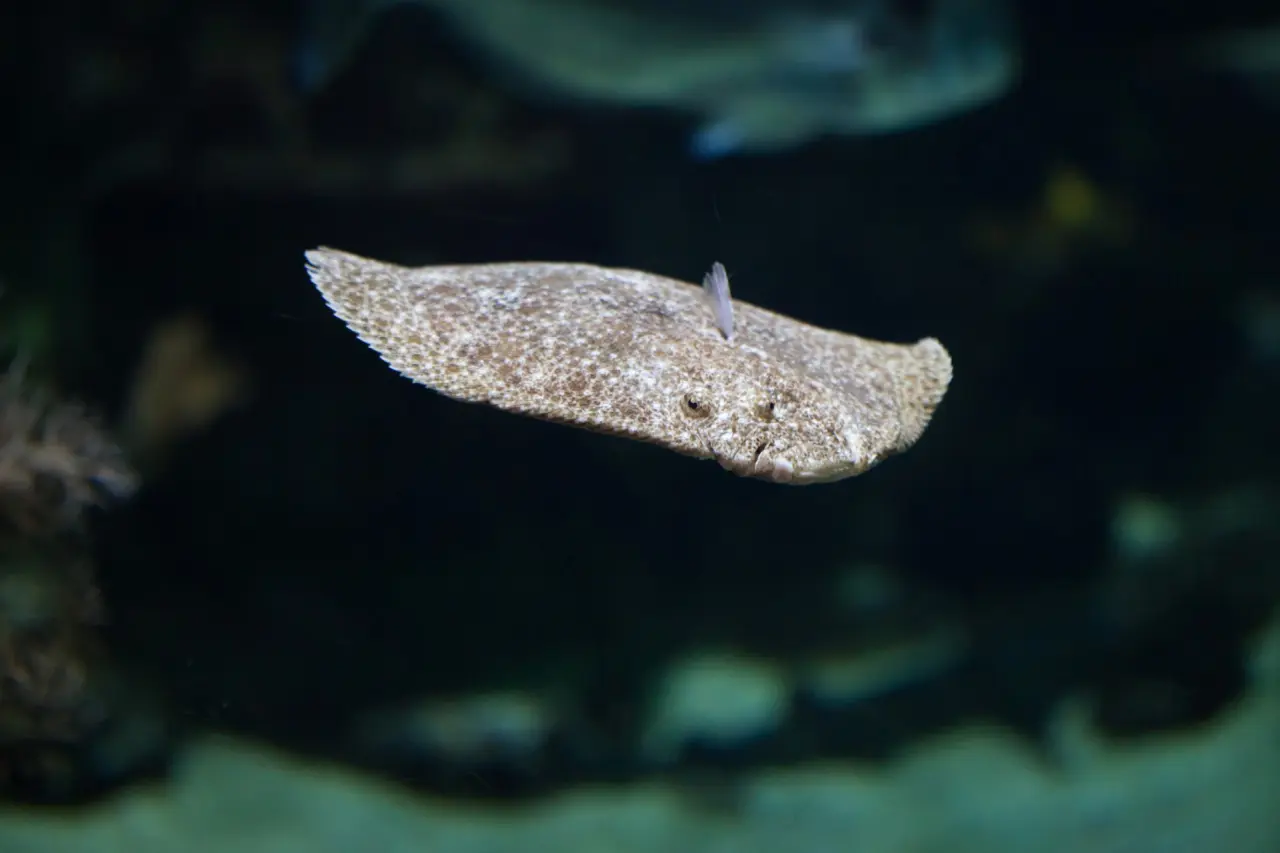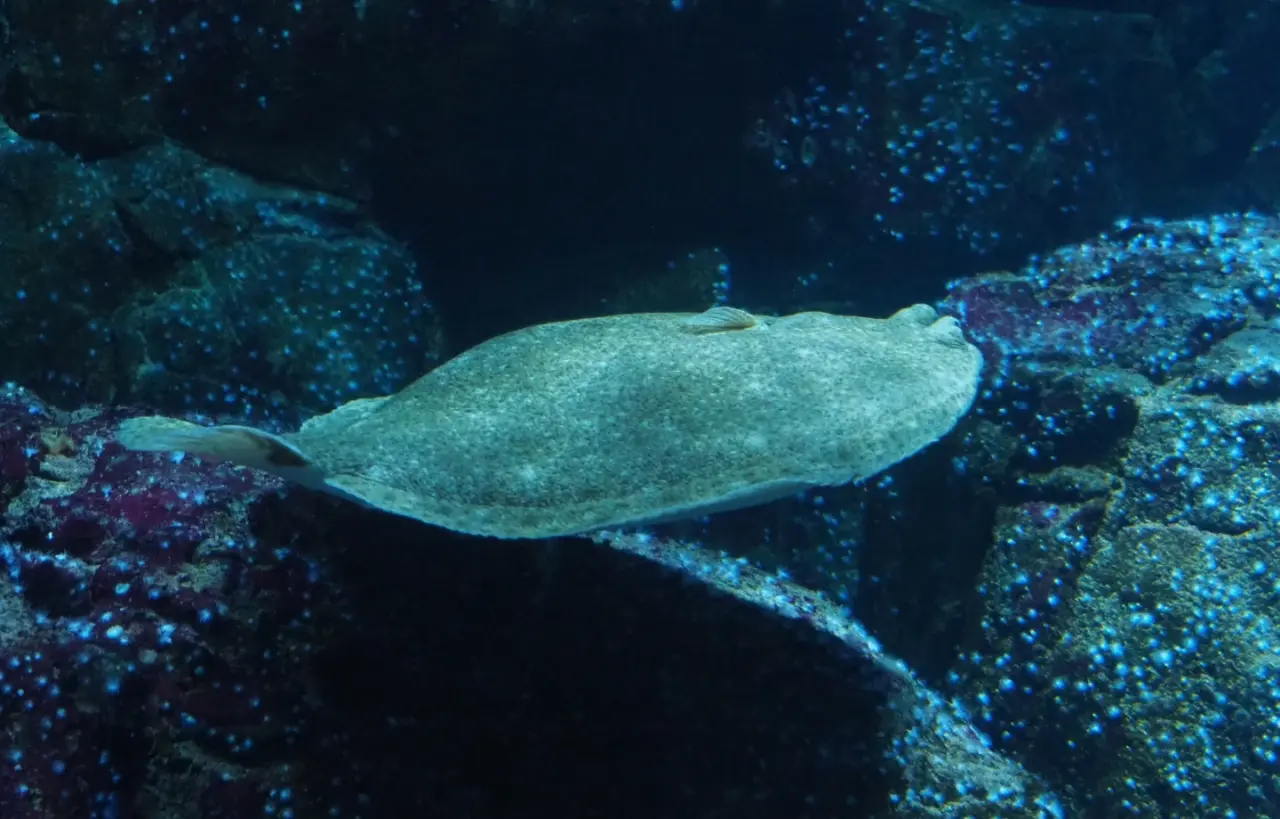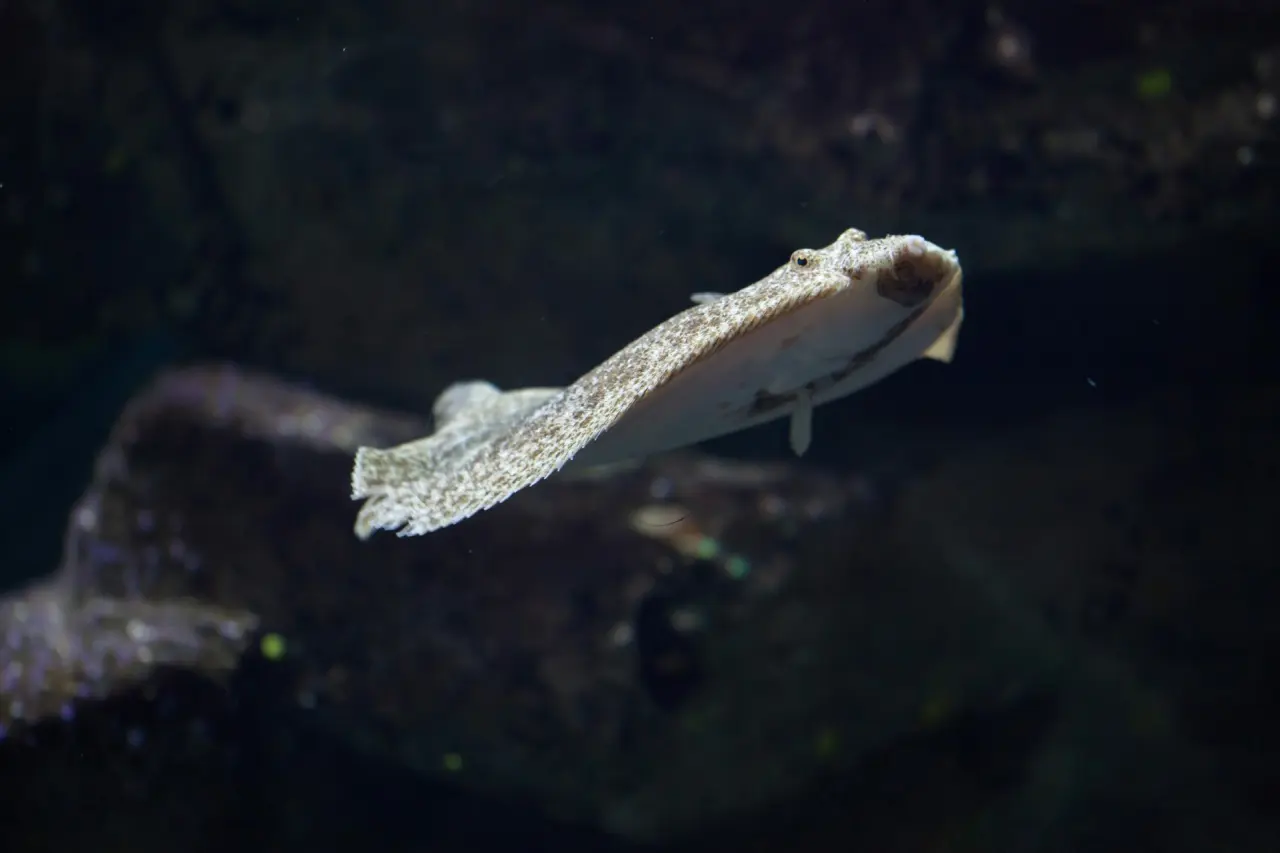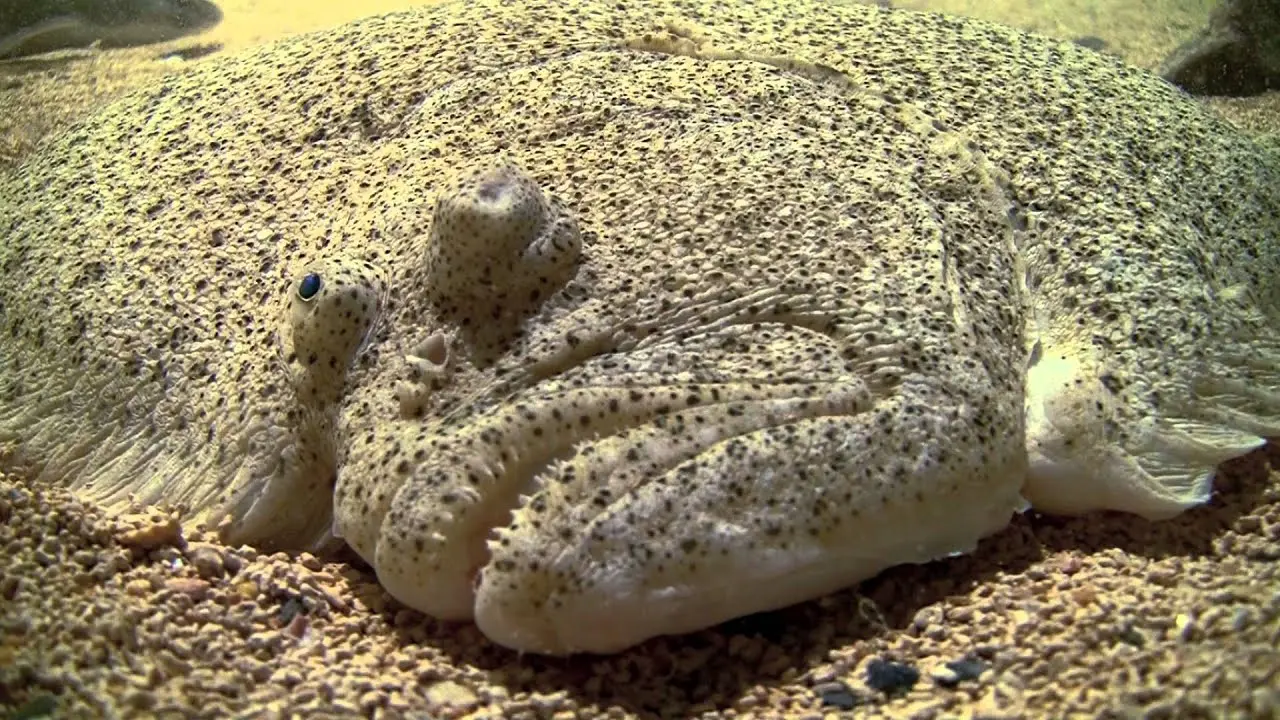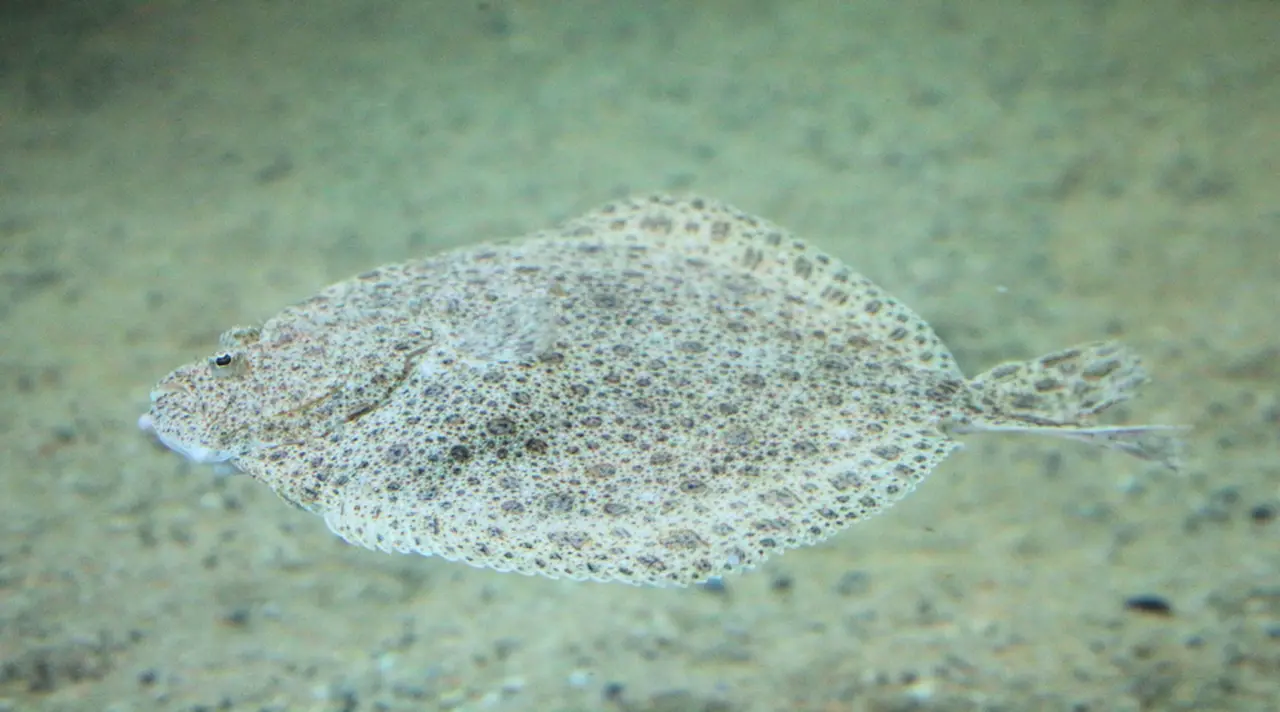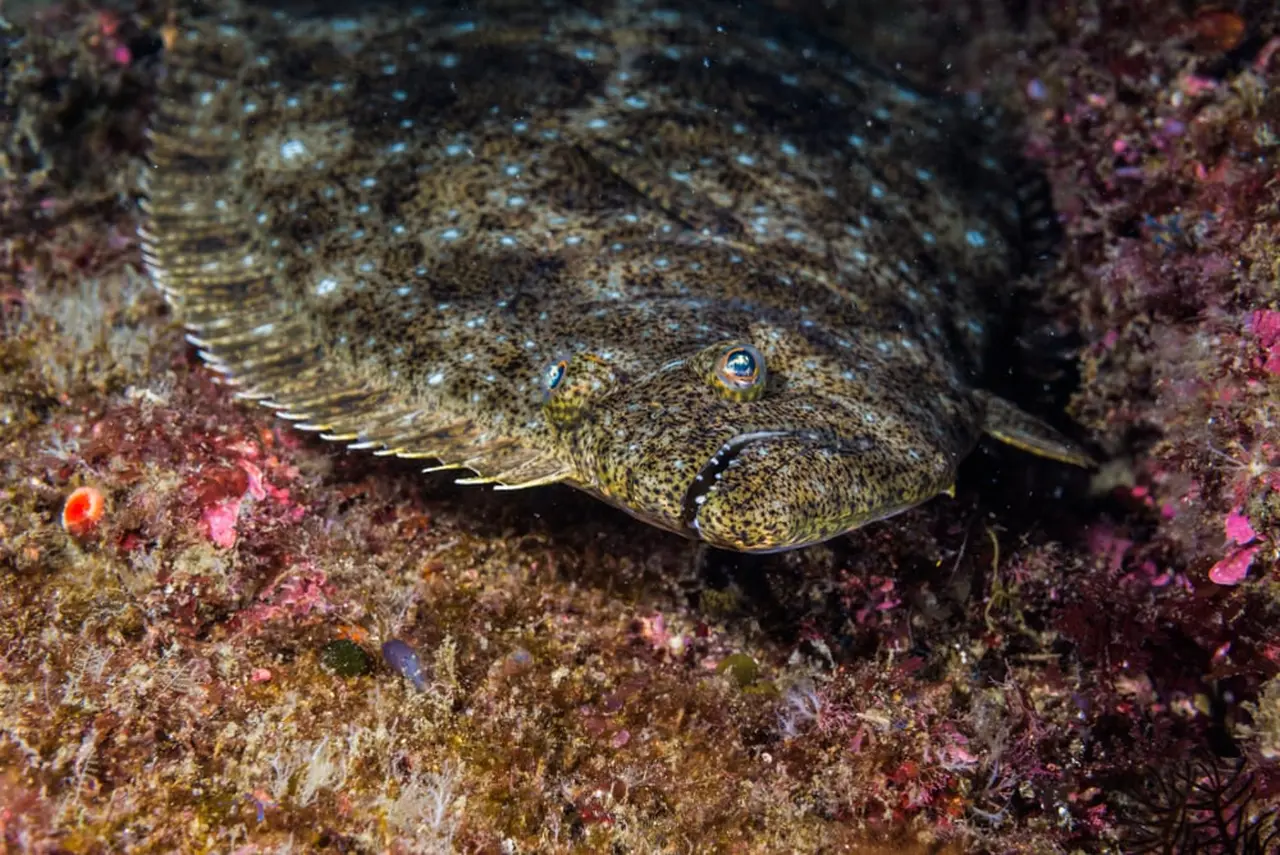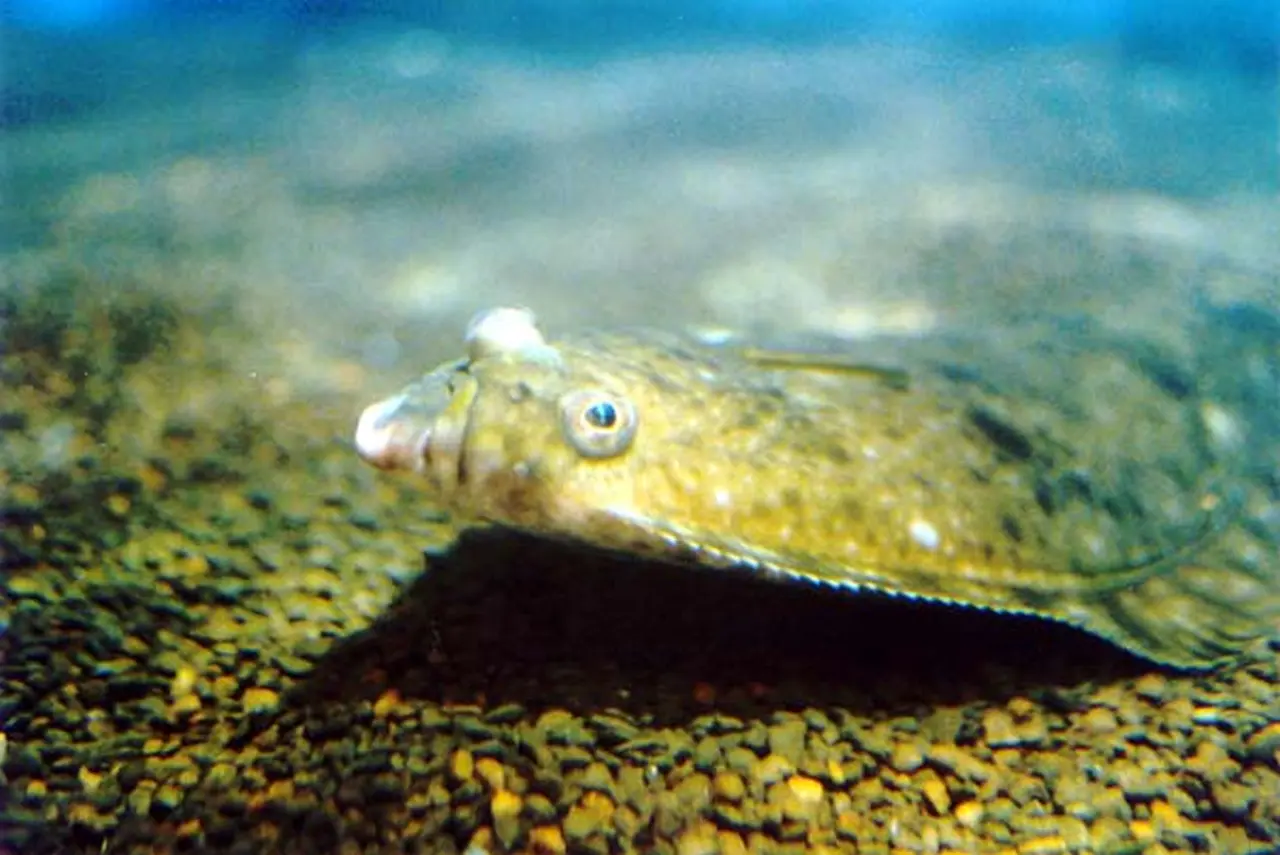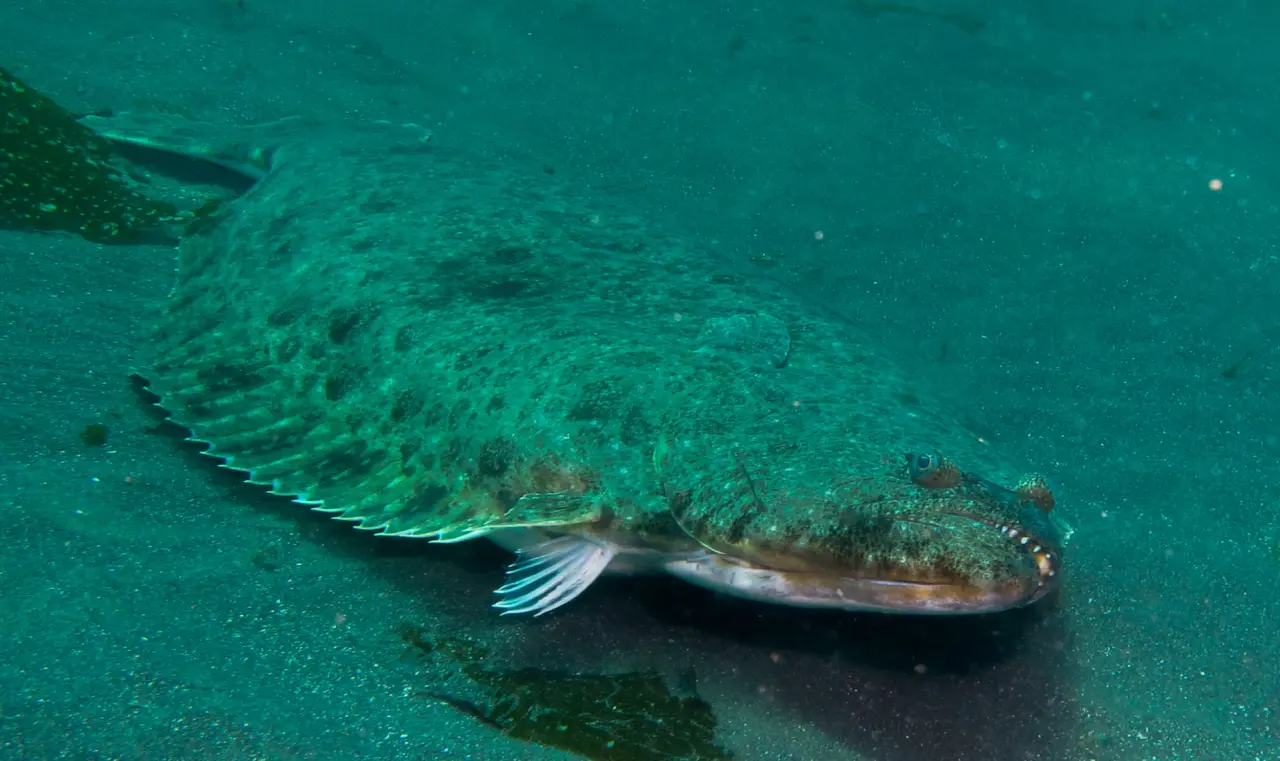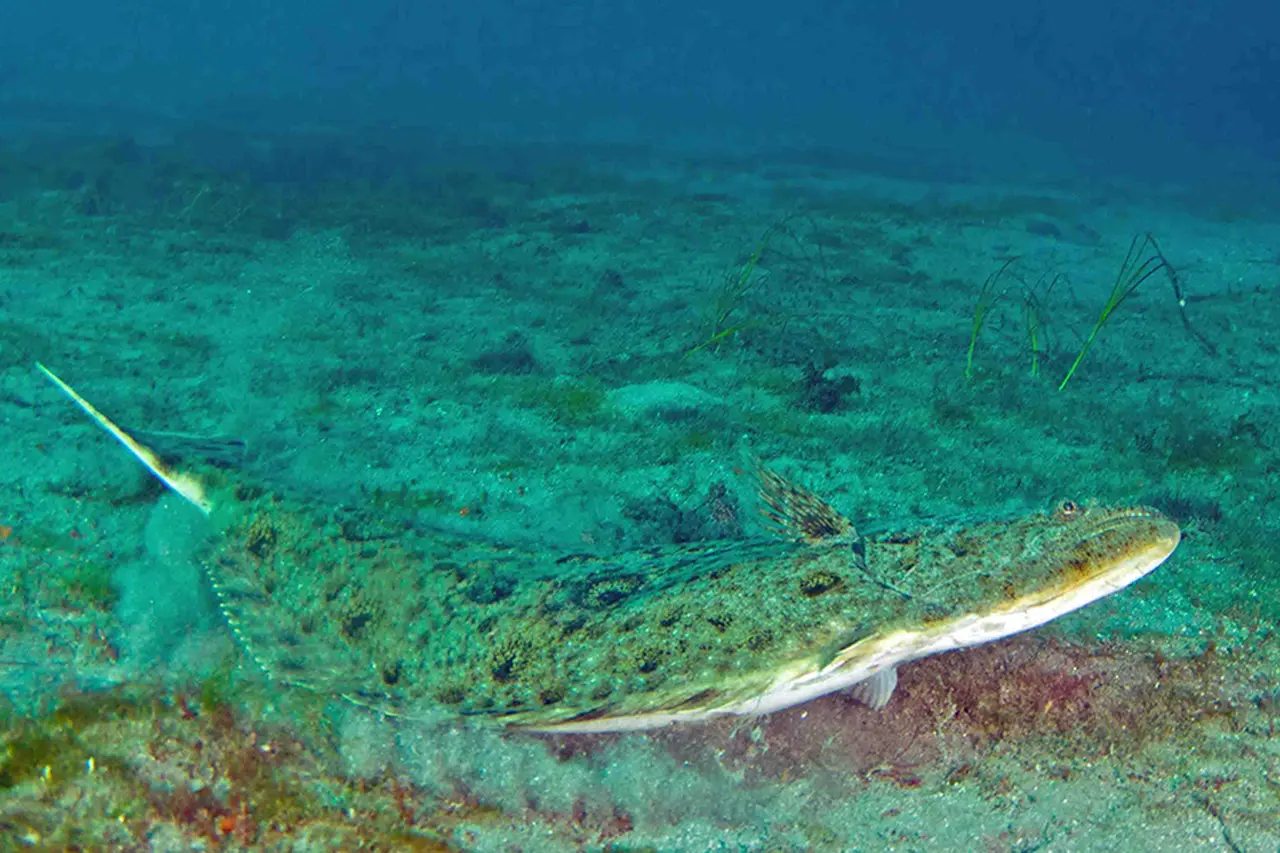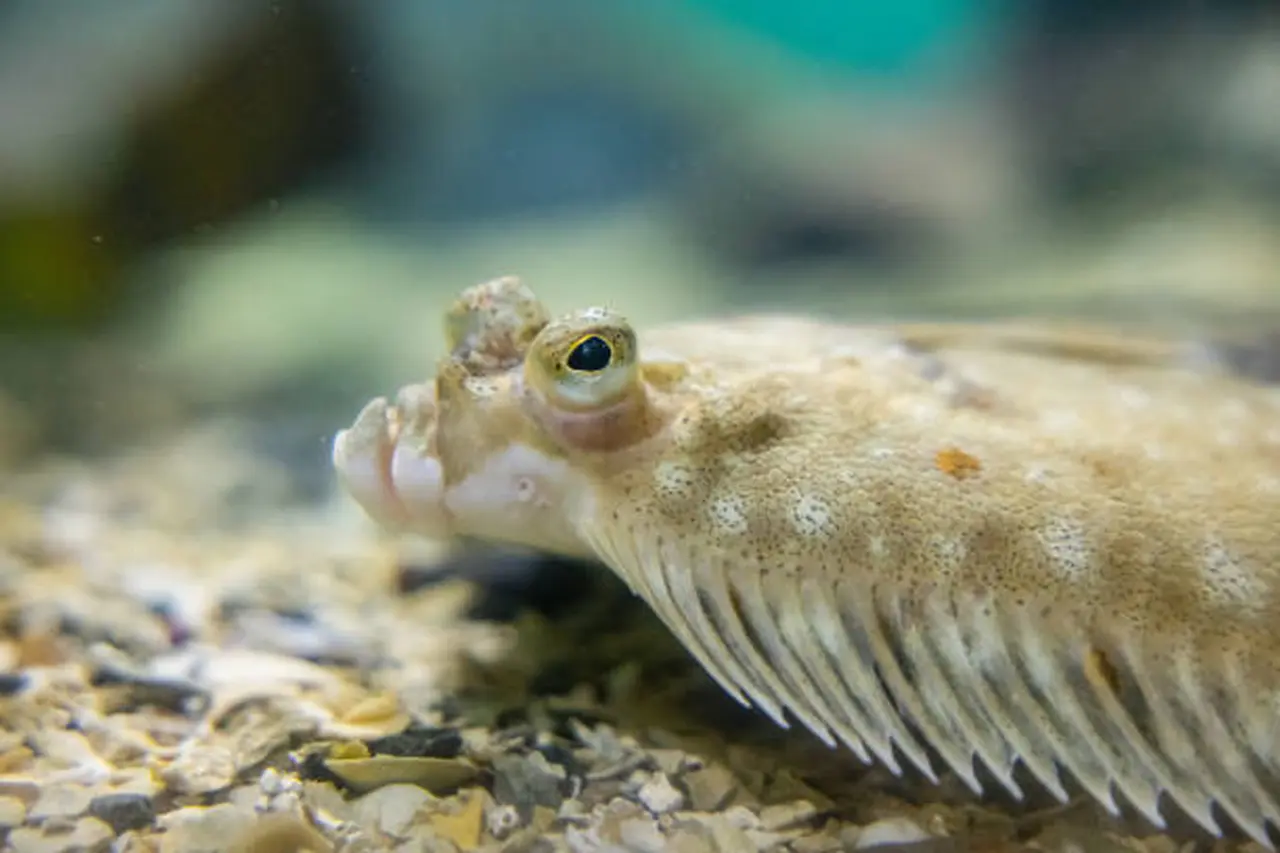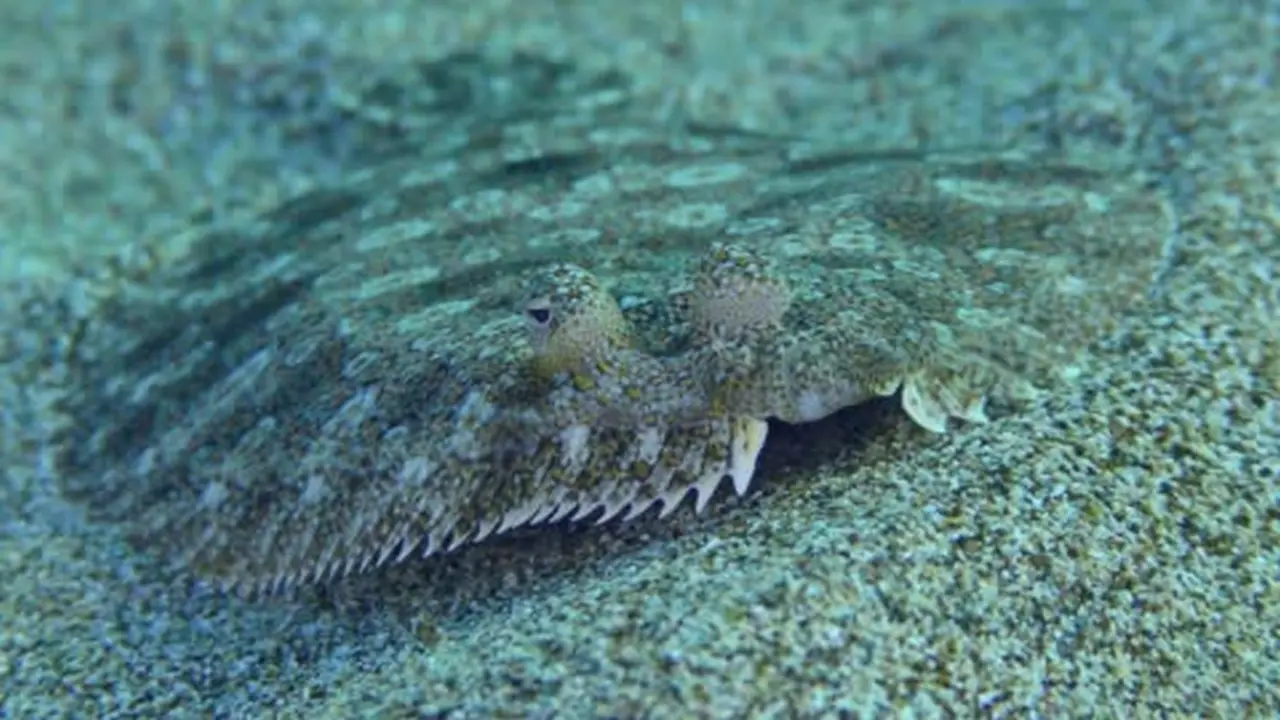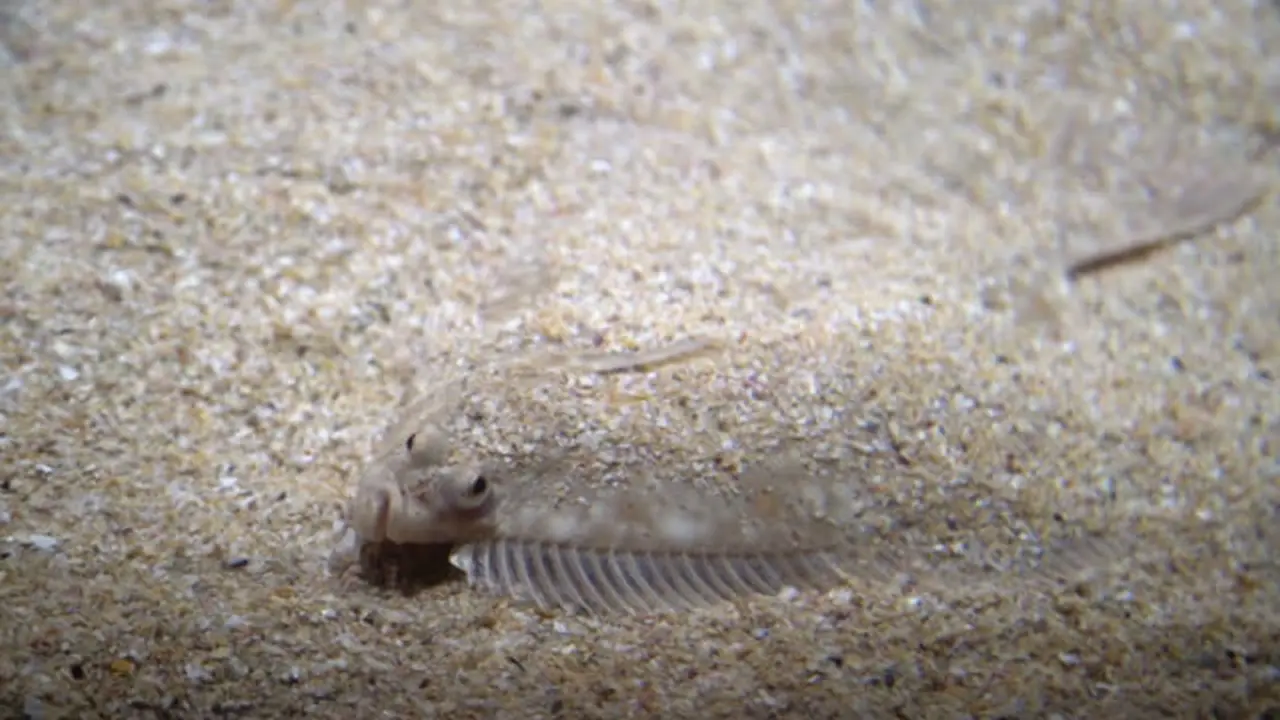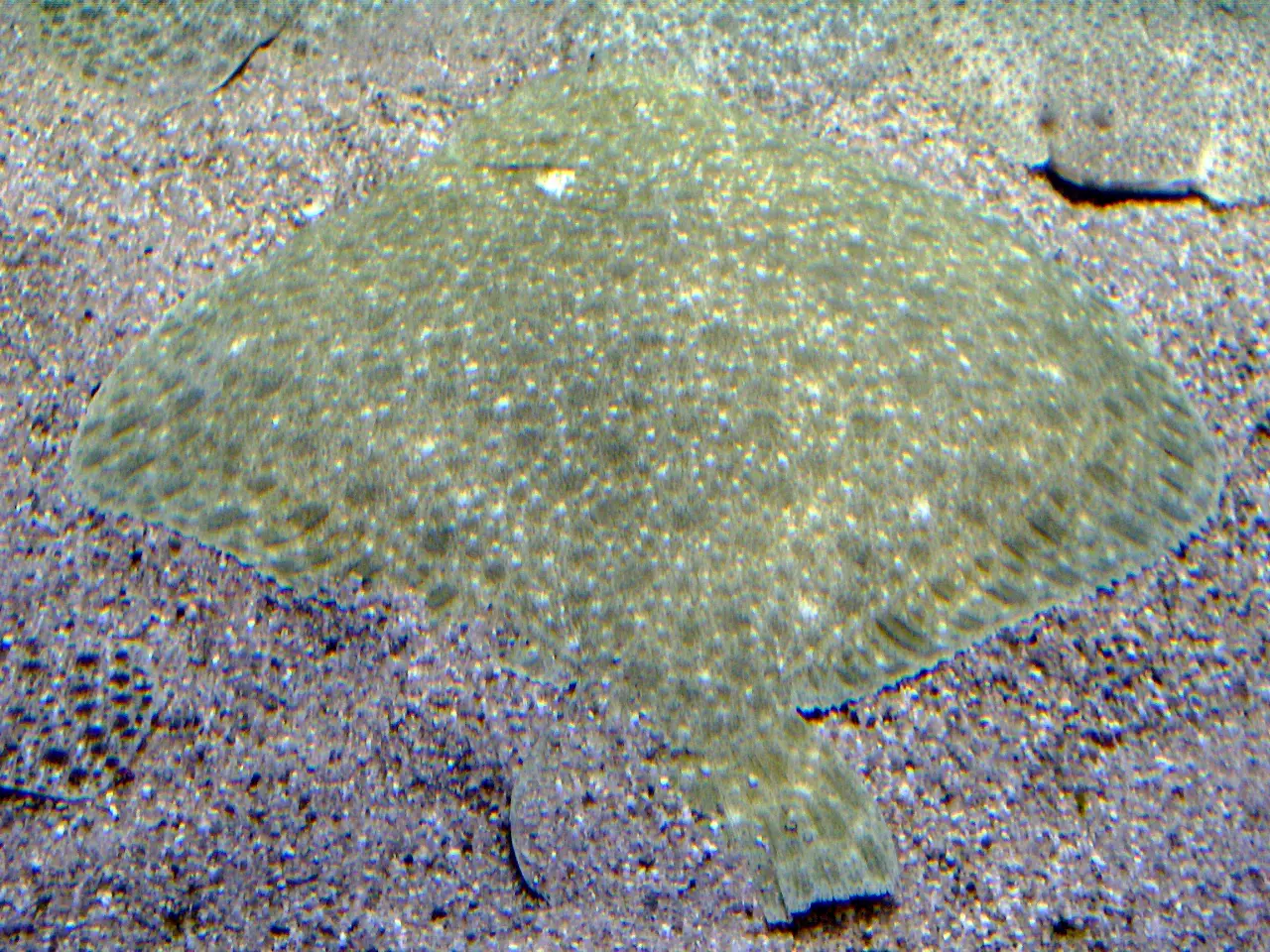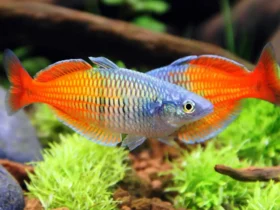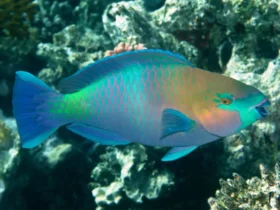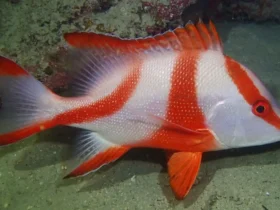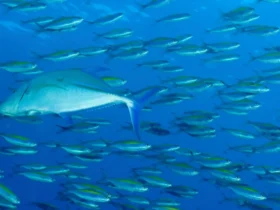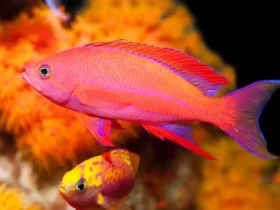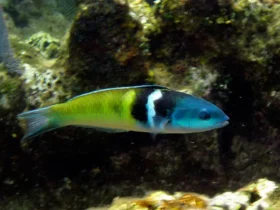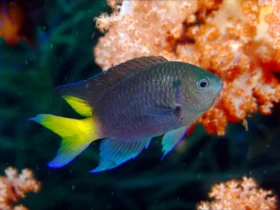Turbot, scientifically known as Scophthalmus maximus, is a highly prized and delectable flatfish found in the coastal waters of the North Atlantic and Mediterranean Sea. Renowned for its delicate flavor, firm texture, and impressive size, the turbot has long been cherished by seafood enthusiasts and esteemed chefs alike. In this article, we will delve into the world of turbot, exploring its characteristics, habitat, culinary uses, and the importance of sustainable fishing practices.
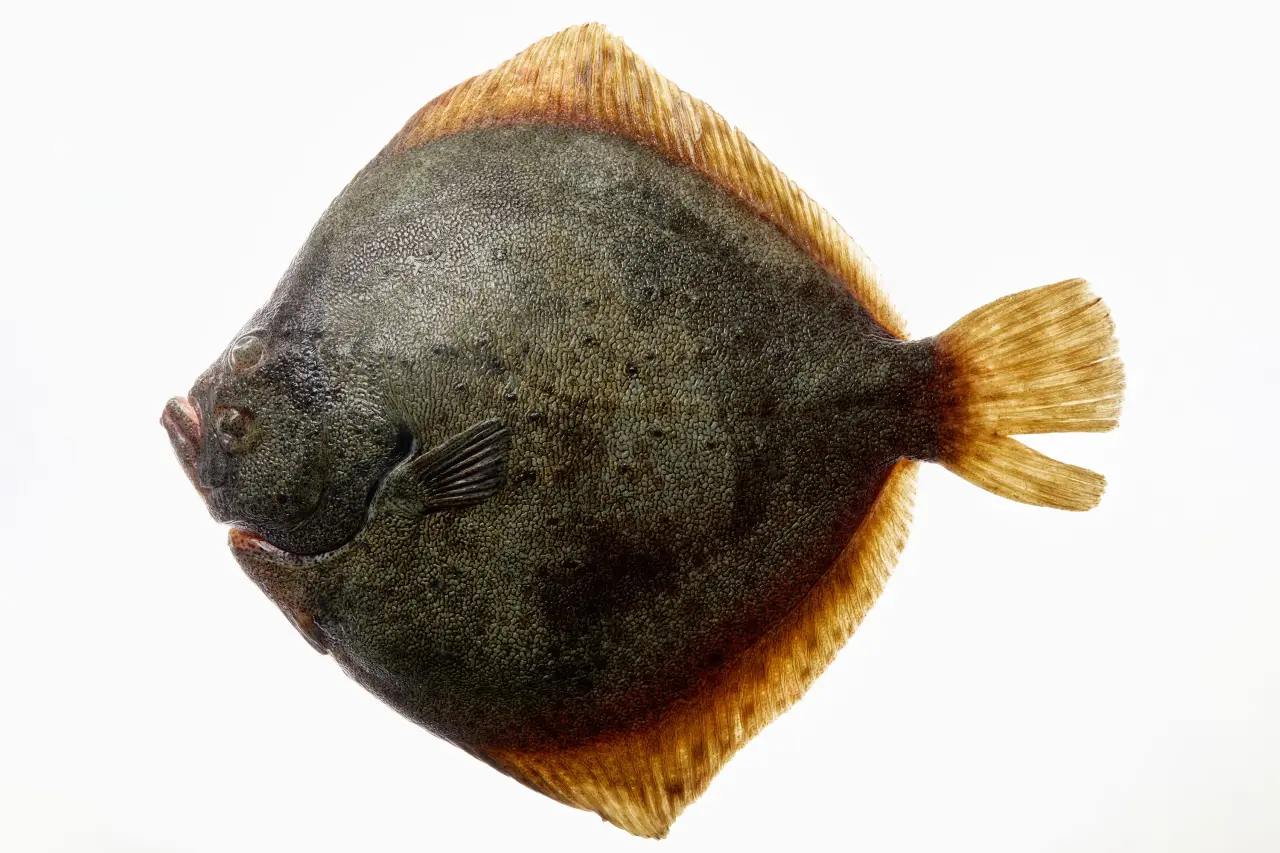
Appearance and Characteristics
Turbot is a large, diamond-shaped flatfish known for its unique appearance. It typically has a sandy brown to greyish color with distinct dark spots and bony tubercles on its upper side. One of the largest flatfish species, turbot can reach lengths of up to 1 meter (3 feet) and weigh over 25 kilograms (55 pounds). Its body is laterally compressed, allowing it to lie flat on the ocean floor and blend seamlessly with its surroundings.
Habitat and Distribution
Turbot is commonly found in the sandy or muddy bottoms of the coastal waters of the North Atlantic, ranging from the coastlines of Norway and Iceland to the Mediterranean Sea. It prefers depths of 10 to 100 meters (30 to 330 feet), although it can occasionally be found in shallower waters. Turbot is a benthic species, meaning it spends most of its time on or near the ocean floor, where it hunts for prey and seeks shelter.
Diet and Feeding Habits
As an ambush predator, turbot primarily feeds on small fish, crustaceans, mollusks, and other bottom-dwelling organisms. It lies partially buried in the sand or mud, waiting patiently for its prey to approach. With lightning-fast speed and precision, the turbot strikes its unsuspecting victims, engulfing them with its large mouth and sharp teeth.
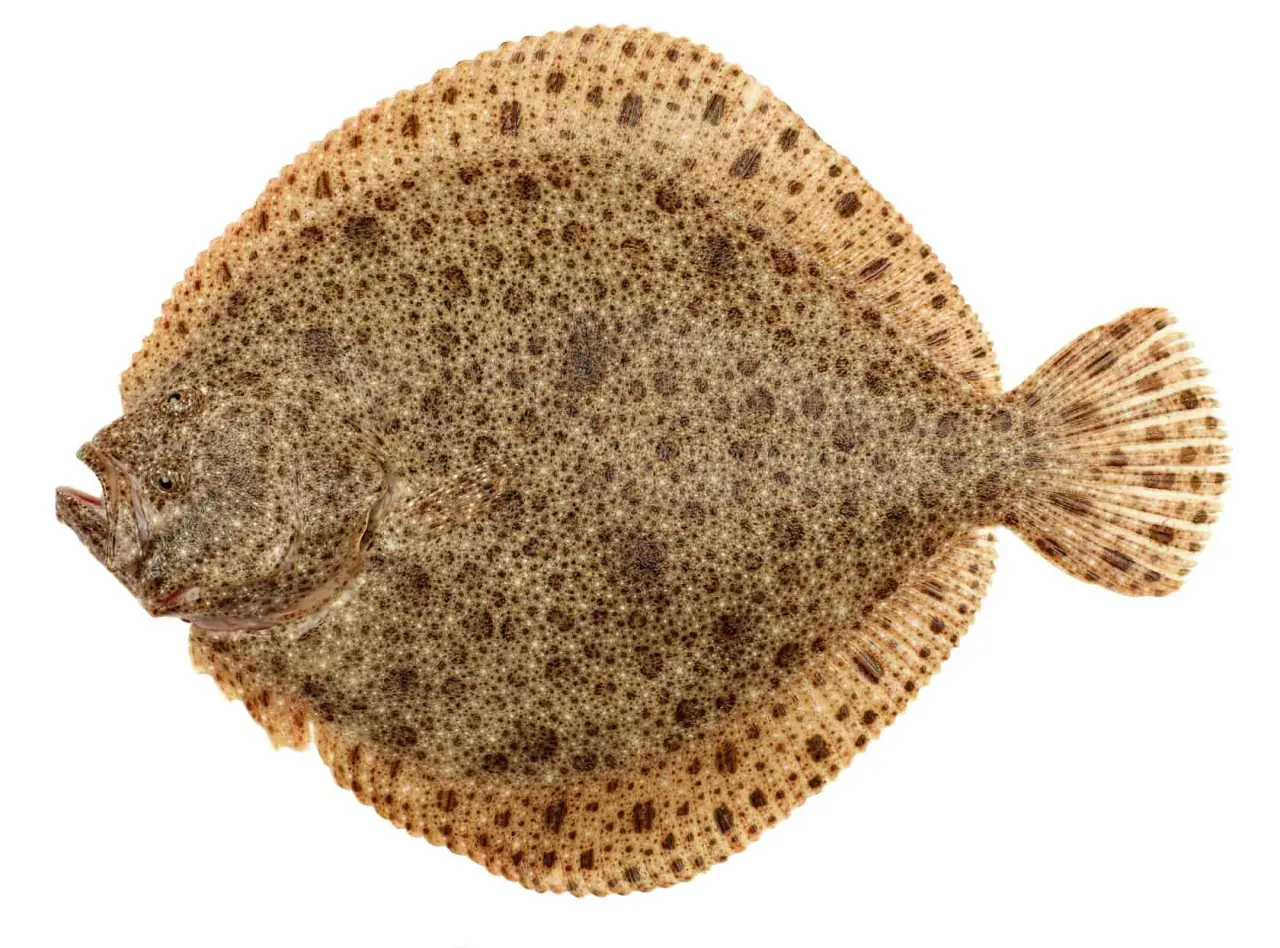
Culinary Delight
Turbot is highly regarded in the culinary world for its exquisite flavor and versatile cooking properties. Its flesh is firm, lean, and delicately flavored, making it a favorite among seafood connoisseurs. Turbot can be prepared in various ways, including grilling, baking, pan-searing, or poaching. Its large size also makes it ideal for whole-roasting, allowing for an impressive presentation at the dining table.
Sustainability and Conservation
Due to its popularity and commercial value, sustainable fishing practices are crucial for the long-term conservation of turbot populations. Regulations and quotas are in place to ensure responsible harvesting and prevent overfishing. Additionally, efforts to reduce bycatch and protect the habitats where turbot reside play an essential role in preserving this valuable species and maintaining a healthy marine ecosystem.
Turbot Images
